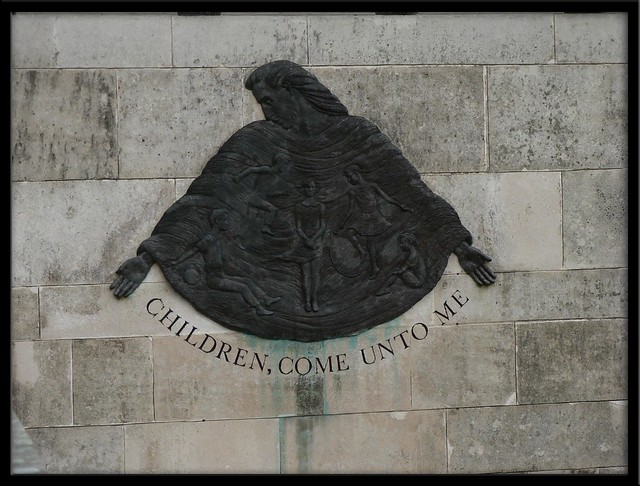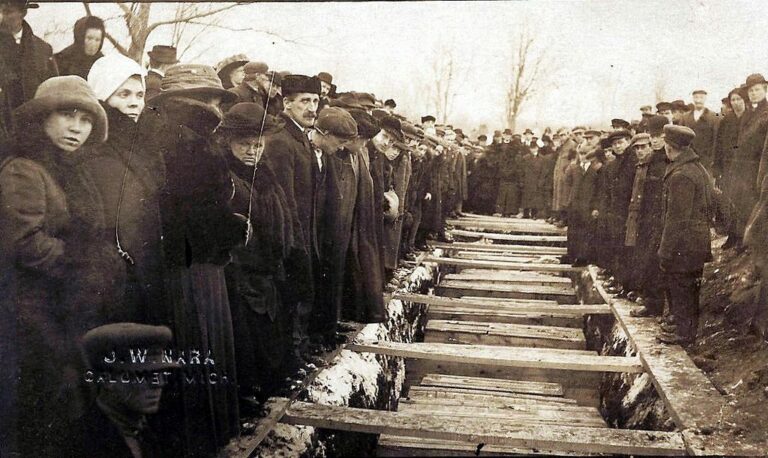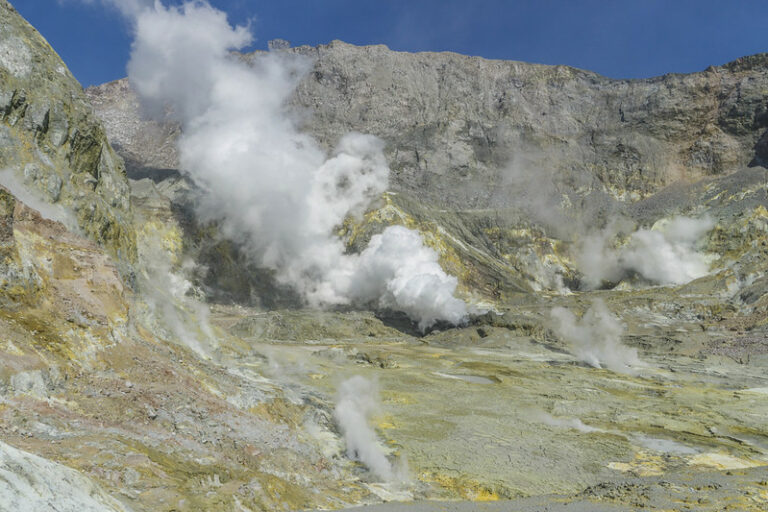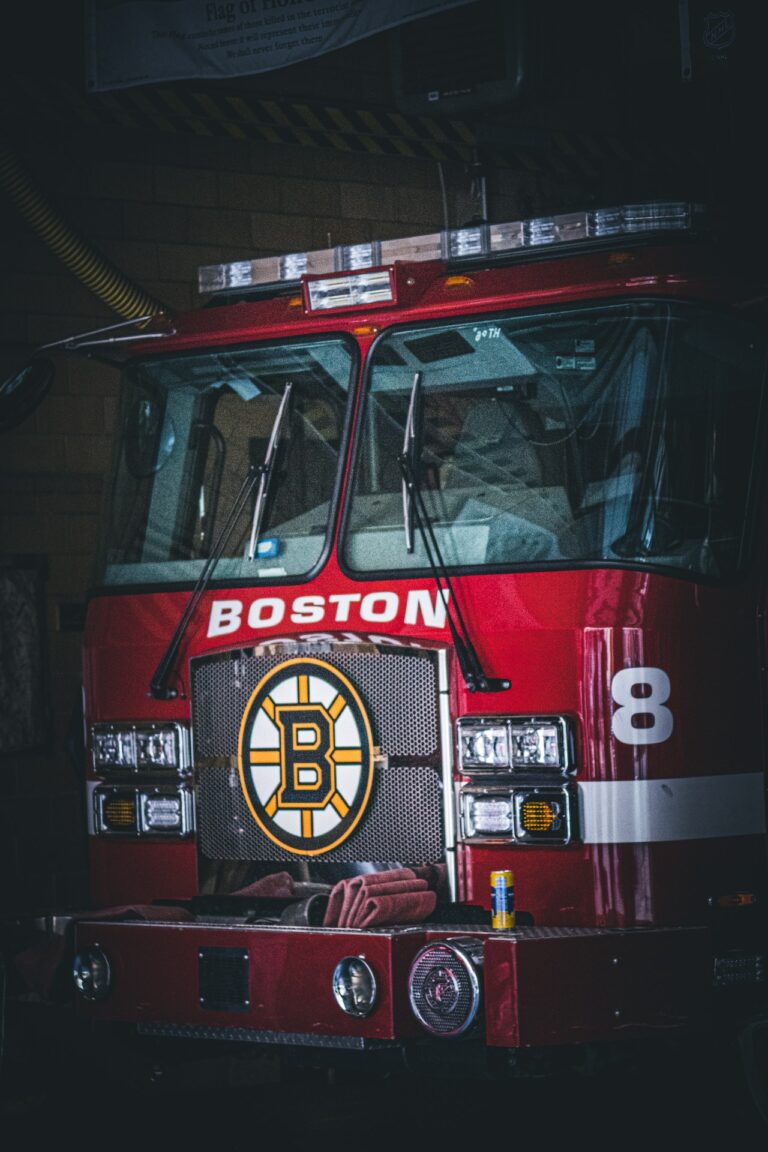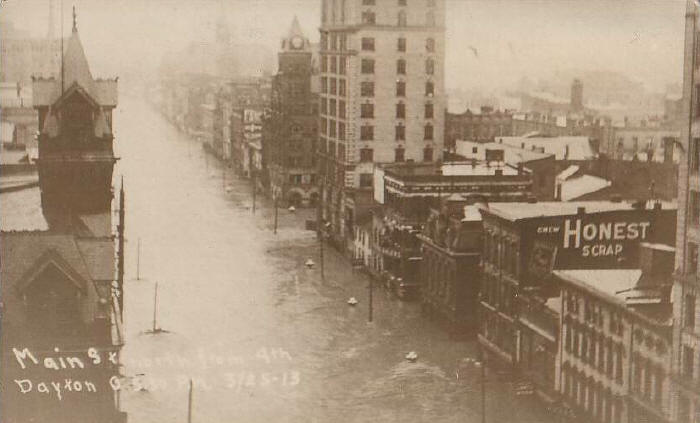The Kansas City Hyatt Skywalk Collapse – A Structural Failure Like No Other

When I first heard about the Kansas City Hyatt hotel skywalk collapse, I was like, “Say whaaaaaat??” This disaster truly is unbelievably tragic. It’s also very little-known outside of Kansas City now, even though it made national headlines when it occurred on July 17, 1981. It’s so little-known, in fact, that my special guest on this episode of the Disaster Queen Podcast, Mary Carver, who has lived in and around Kansas City her entire life, only vaguely knew about it. I really enjoyed filling her in on her horrible hometown disaster during this episode. I hope you will give it a listen!
The Kansas City Hyatt Was a Brand New Hotel
One of the things that makes this disaster really stand out is that the Hyatt Regency at Hallmark’s Crown Center was practically brand new. It opened on July 1, 1980, and the collapse of two of its three glass-and-concrete skywalks in the hotel lobby occurred just one year and 16 days later. Another thing that struck me as really odd about this disaster is that the scope of it—114 killed—was a product of the time. You see, it occurred during a very crowded tea dance in the hotel lobby. In 2023, I had to look up what a tea dance even IS! But in the early 80s, these cocktail-hour dances in the Hyatt lobby every Friday night were extremely popular. That night there were 1,600 people in attendance when the skywalks fell. I can’t think of any event in 2023 that would get 1,600 people to pack a hotel lobby like that. Though structural failures can occur at any time, I have a feeling that if this happened today, less people would be injured simply because less people would be found in any given hotel lobby, even during a special event.
What Happened In the Hyatt Skywalk Collapse?
I was getting a little ahead of myself there, so let’s talk about what actually happened. (I’ll tell you if you pinkie promise to still listen to my episode with my dear friend Mary on this disaster!) Shortly after 7:00 P.M., partygoers in the lobby of the Kansas City Hyatt Regency at Crown Center heard a loud “POP!” Seconds later, the lobby’s 4th-floor glass-and-concrete skywalk fell from the sky, collapsing directly on top of the identical 2nd-floor skywalk. Each skywalk weighed a whopping 64,000 pounds, and hundreds of people were instantly trapped or crushed under their enormous weight. Others were injured by falling debris or glass. All in all, a staggering 114 people were killed. Many families lost more than one member. To make matters work, the falling skywalks broke water pipes in the walls and the lobby was soon filled with bloody water. Several victims nearly drowned before they could get the lobby water levels down. Disaster upon disaster.
What Caused the Kansas City Hyatt Skywalk Collapse?
Uggghh, this is the infuriating part. This disaster truly never had to happen. Two separate investigations, one by the Kansas City Star and the official one by the National Bureau of Standards, found the same cause for the collapse. Basically, the original design for the skywalks submitted on official blueprints was changed at some point and not properly checked. The original design called for long continuous rods connecting the 2nd and 4th floor walkways to the ceiling. So, the ceiling would bear the weight of both walkways. But what they did instead at some point was change the design to be two shorter rods at each connecting point, so that the ceiling was bearing the weight of only the 4th floor walkway and the 4th floor walkway was bearing the weight of the 2nd floor walkway. This design was both weak and faulty and eventually is was tragically proven that there was no way the 4th floor walkway could hold the weight of the 2nd floor walkway, especially with people on both walkways, as there were the night of the collapse. Basically, the box beams connecting the two walkways had DRAMATICALLY FAILED. The design never should have been put into action. Chief engineer on the project, Jack Gillum (who lost his license over this), would later reflect in a Kansas City Star article that the design flaw was so obvious that “any first-year engineering student could figure it out,” if only it had been checked. ARRRGGHHH!
What Did We Learn From This Terrible Disaster?
Fortunately, much was learned and put into practice to make the world a safer place after this terrible structural failure. In no particular order, here are some lasting changes that were made to improve building design and structure when put into an actual physical rendering.
For one thing, the way engineers are educated was changed. As a matter of fact, my son is a college sophomore and one of his best friends, an engineering major, just came to me the same day I wrote this post (because he knew this episode was about to come out) and told me they talked about this disaster in his freshman engineering class, specifically referencing the rods and box beams that failed as well as the failure of the engineer in charge! So it truly did change academics! The culture and academic curriculum regarding engineering ethics truly was updated and upgraded, as was that surrounding emergency management. (On the topic of emergency management, some of the sources I used when researching this episode mentioned that the Hyatt Skywalk Collapse response directly informed last year’s Surfside Condo collapse, even nearly 40 years after the fact.)
Secondly, the American Society of Civil Engineers adopted a crystal clear policy that holds the structural engineer or engineers on a project ultimately responsible for viewing and approving shop drawings by fabricators. In other words, the buck stops with the structural engineer. If you approve it, it’s on you, whether it’s a success or a failure. This obviously had the effect of making structural engineers more meticulous with plan changes like the one that occurred with the Skywalk rods. The ACSE and other trade organizations in the field also sponsored conferences and seminars using the Hyatt as an example to hammer home proper (and improper!) procedures. They also beefed up their trade manuals to this effect.
For their part, Kansas City itself also took decisive action to make sure this kind of structural failure never took place in their town again. The Kansas City Codes Administration became its very own department . They doubled their staff and dedicated one engineer solely to comprehensively reviewing each building plan that passed through their purview.
The Skywalk Memorial
The Kansas City Star won a Pulitzer Prize for their investigation into the collapse. The Hallmark Corporation, owner of the Hyatt at Crown Center, ended up paying out a large settlement to victim’s families and survivors, but the scars live on. Now, a beautiful memorial to the 114 precious lives lost that July evening sites just steps away from the site where it all happened at Crown Center (the Hyatt is still there, but it’s now a Sheraton.) The Memorial website says,
“The memorial is designed to provide a place of reflection for those affected by the tragic event. It includes a sculpture created by international award winning artist and Kansas City native Rita Blitt, whose 5th grade teacher was injured in the collapse. Blitt, who attended the Kansas City Art Institute, named the sculpture “Sending Love,” which evokes the spirit of two people dancing. The sculpture is 24-feet tall and resides on a base that includes the names of the 114 people who lost their lives in the collapse while attending the Tea Dance. The sculpture was fabricated by A. Zahner and set in place by Belger Cartage.“
God bless all the survivors, victim’s families, and first responders. We here at Disaster Queen will never forget you.
I hope you’ll listen to me tell my friend Mary Carver the story of the collapse on Episode 4 of the Disaster Queen Podcast! The show notes are below!
Mary’s links!
Here are the resources I used to research this episode:
Book: Buried Truths and the Hyatt Skywalks by Richard A. Serrano
https://www.cnn.com/2021/07/17/us/kansas-city-skywalk-collapse-40-years/index.html
https://apnews.com/article/5a8e4babccfaee8605bcc39019514aa4
https://www.cnn.com/2021/07/17/us/kansas-city-skywalk-collapse-40-years/index.html

